In my younger years, I had a passion for Chinese food, particularly varieties like those from PF Chang’s, and I consumed it frequently. Looking back, I shudder at the thought of how much MSG, high fructose corn syrup, and other unhealthy ingredients I ingested. One such item was Asian salad dressing.
When I transitioned to eating whole, unprocessed foods, I stopped consuming these processed versions and sought healthier alternatives.
One of my favorites became a delightful Asian salad with an incredible dressing that I had tasted at a small restaurant during a trip. Naturally, I had to replicate it, and this Asian salad dressing recipe was my result. It quickly became a go-to for a quick salad topping or as a marinade for meats and fish.
This dressing tastes wonderful drizzled on cauliflower rice or used as an overnight marinade to prepare sesame chicken. It’s remarkably quick to make and rich in flavor. Check below the recipe for ingredient substitutions if you’re considering some changes.
Sweet Asian Salad Dressing Recipe
A simple salad dressing recipe with hints of ginger, coconut aminos, and honey. It also works wonderfully as a dipping sauce or marinade for meats and fish.
Instructions:
- Combine all ingredients in a small Mason jar with a lid or use a blender.
- Shake the jar vigorously or blend for 10-15 seconds until smooth and well combined.
- Taste and adjust the flavor. If you prefer more sweetness, add extra honey or maple syrup. For a tangier vinaigrette, add more apple cider vinegar or citrus juice.
Nutrition Facts
Sweet Asian Salad Dressing Recipe
Amount Per Serving (2 TBSP)
- Calories: 45
- Calories from Fat: 45
- % Daily Value*
- Fat: 5g (8%)
- Saturated Fat: 1g (6%)
- Polyunsaturated Fat: 0.5g
- Monounsaturated Fat: 3g
- Sodium: 87mg (4%)
- Potassium: 9mg (0%)
- Carbohydrates: 1g (0%)
- Fiber: 0.1g (0%)
- Sugar: 1g (1%)
- Protein: 0.1g (0%)
- Vitamin A: 2IU (0%)
- Vitamin C: 0.1mg (0%)
- Calcium: 3mg (0%)
- Iron: 0.2mg (1%)
- Percent Daily Values are based on a 2000 calorie diet.
Store in the refrigerator for up to a week. Shake well before each use.
Ingredient Substitutions
- Fresh vs. Dried Ginger: Fresh ginger gives the dressing a more intense, zesty flavor. Dried ginger is milder but still provides a warm spiciness.
- Herb Options: Adding fresh herbs like cilantro or parsley brings a fresh, herbal layer to the dressing. Leave them out for a simpler vinaigrette.
- Sweetness: Adjust the sweetness to your liking with honey or maple syrup.
- Lemon Juice: Use fresh lemon or lime juice instead of apple cider vinegar for a bright, citrusy twist. Rice wine vinegar or rice vinegar also works and fits the Asian flavor theme.
- Coconut Aminos: Not everyone has coconut aminos on hand. If you still want some yummy umami flavor, low sodium soy sauce will also work if you’re not avoiding soy. Tamari (a traditional Japanese sauce) has a similar taste but is gluten-free.
- Olive Oil: Olive oil can have a very robust flavor not everyone likes in salad dressing. Use extra virgin olive oil for full flavor, or regular olive oil for a milder version. Many store-bought versions use canola oil or even grapeseed oil, but these aren’t the best options (for several reasons!).
Ways to Use the Asian Salad Dressing
I use this dressing for so many different dishes. I’ve already mentioned it makes a good marinade (and of course salad dressing). Here are some more serving ideas.
- Make a side salad or a big green salad and top it with chicken for a full meal. I like dark leafy greens for nutrition and some romaine for added crunch.
- Create your own Asian slaw with shredded cabbage and carrots and this Asian ginger dressing.
- Want some topping ideas? Try sliced green onions, toasted sesame seeds, shredded carrots, or a drizzle of toasted sesame oil.
More Asian Inspired Recipes
I eventually created healthy versions of Chinese recipes that I loved. Give a few a try!
What are some of your favorite Asian foods? Have you made your own healthy versions? Leave a comment and let us know!


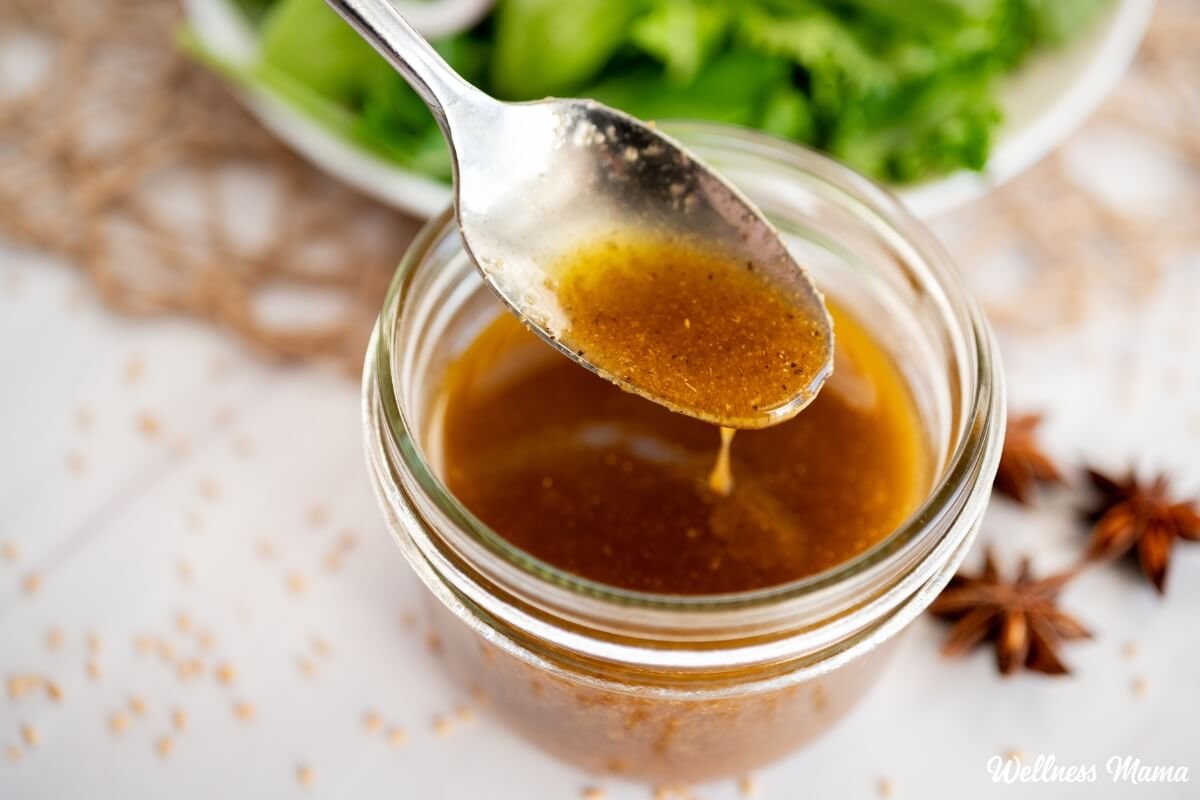

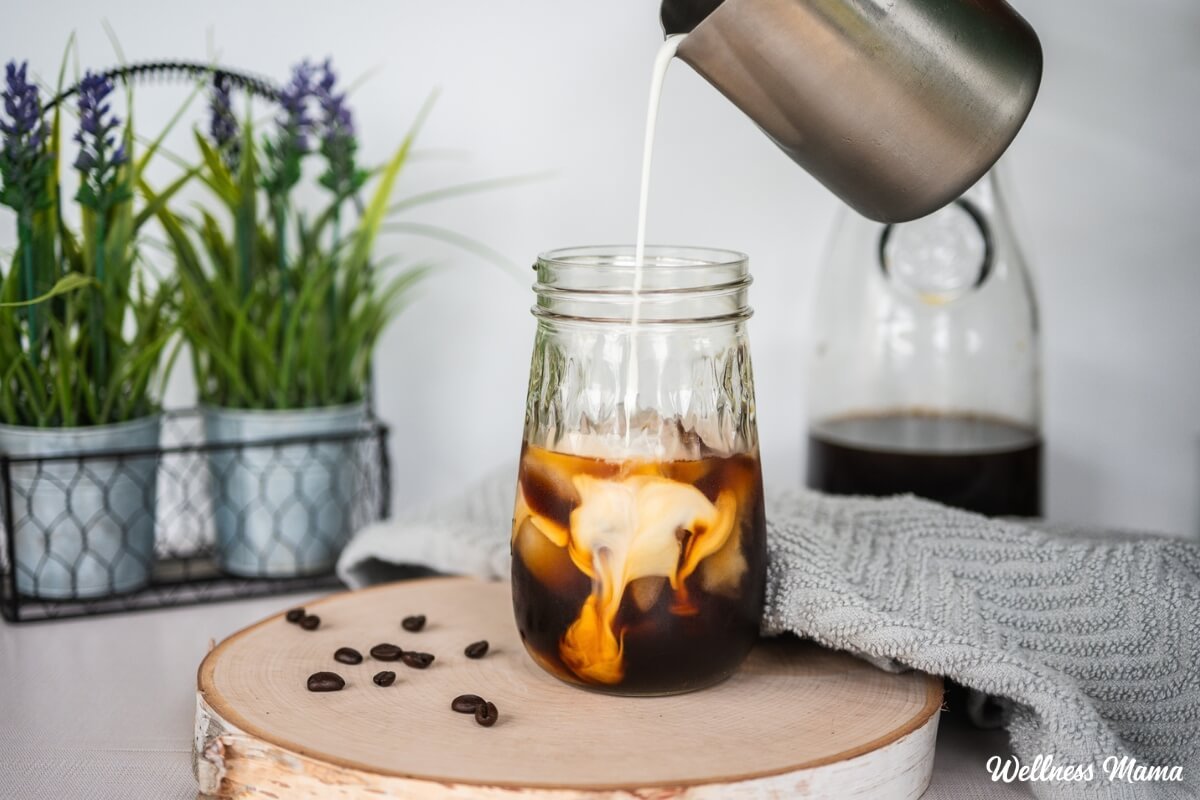
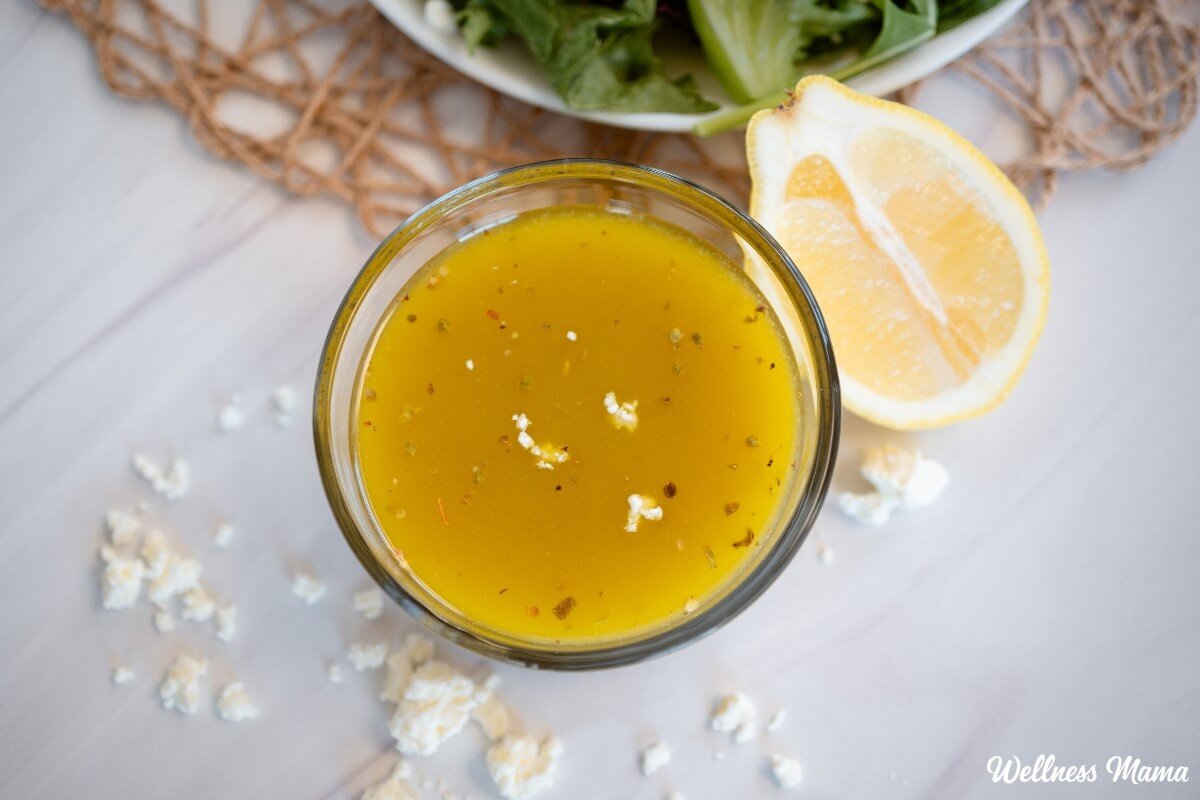
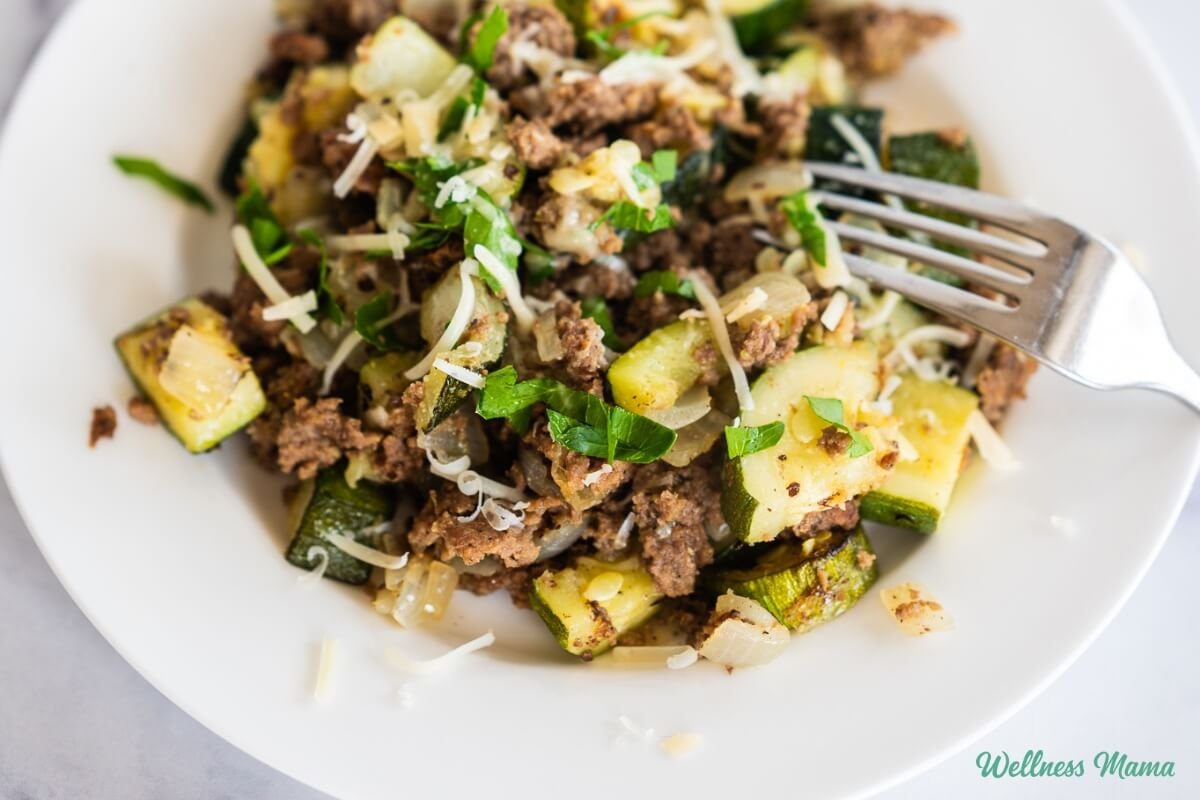

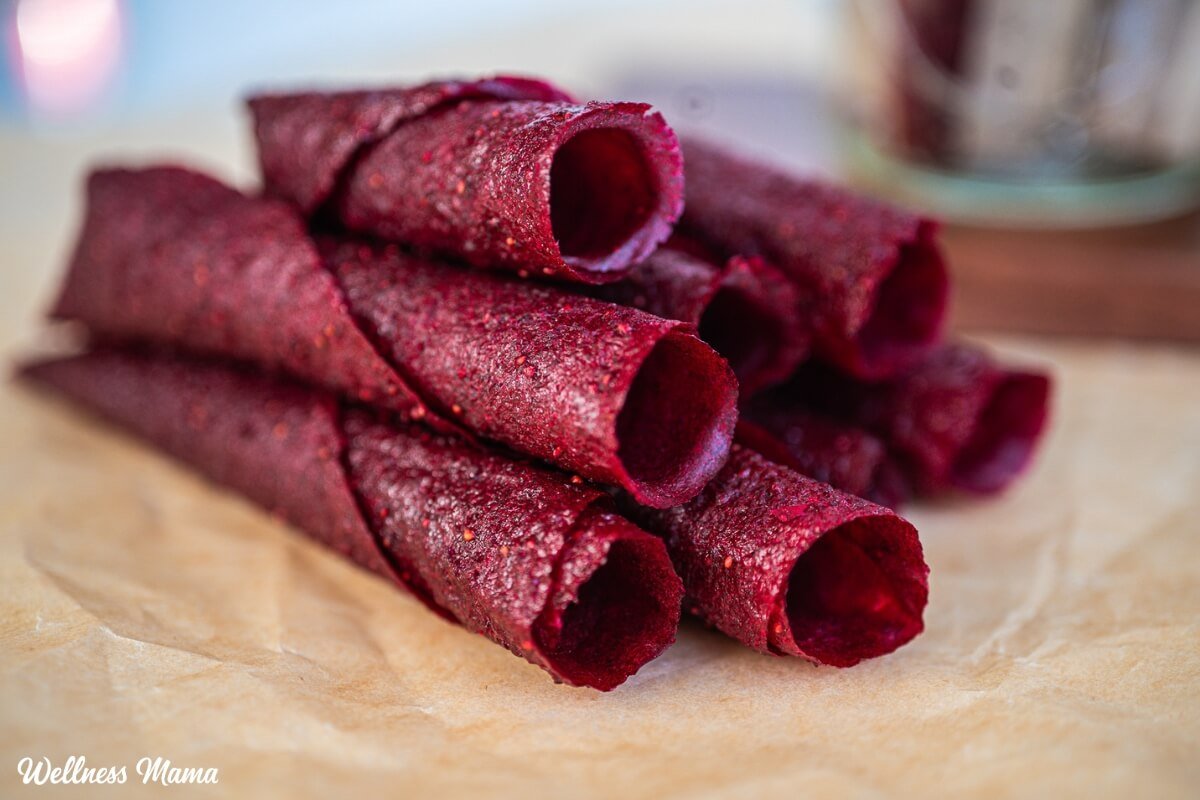


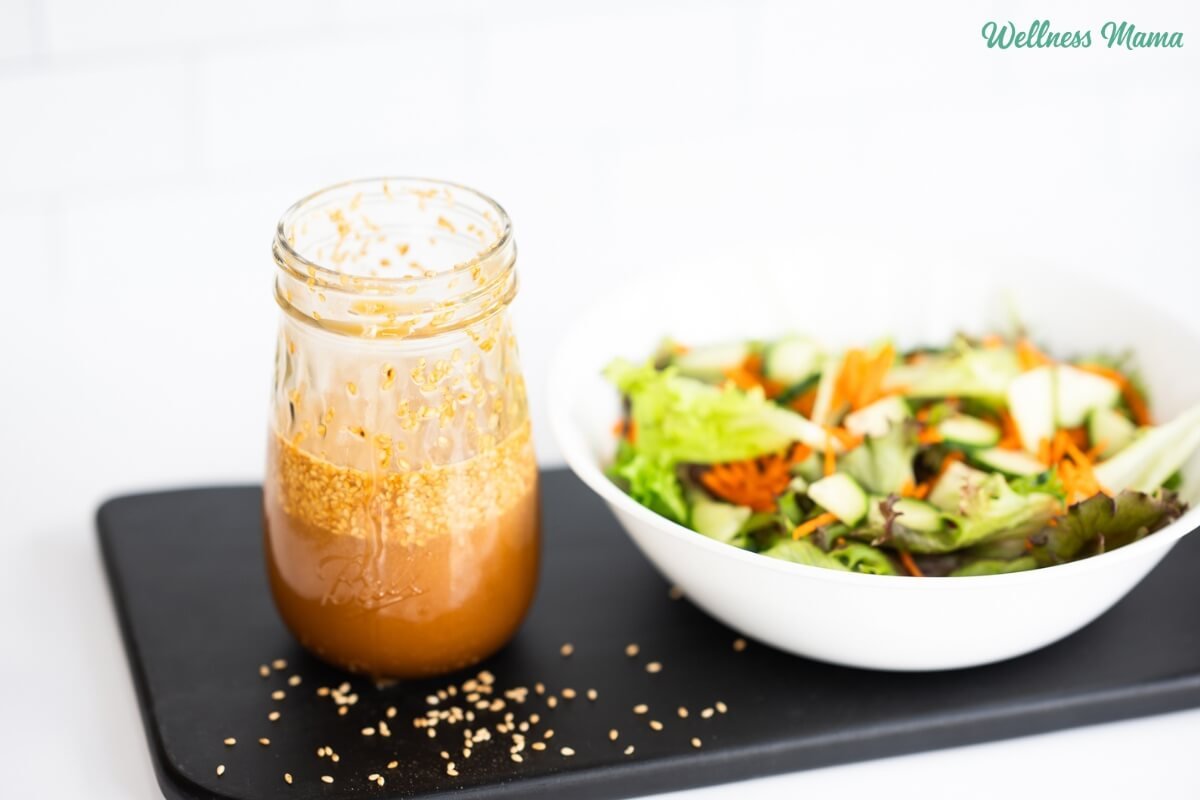

Leave a Reply